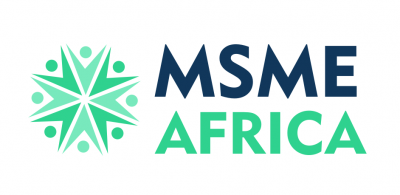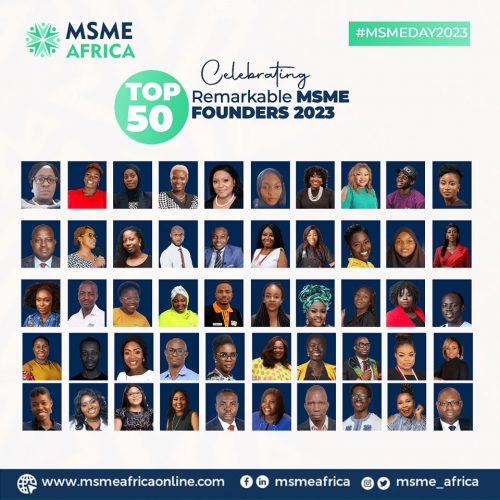OpenAI has unveiled a new artificial intelligence tool called Deep Research, designed to assist users in conducting thorough and complex research tasks using ChatGPT. This innovative tool aims to tackle projects that require analyzing multiple sources and producing in-depth findings—tasks that would typically take hours for humans to complete, but can now be accomplished in a fraction of the time.
In a recent blog post, OpenAI explained that Deep Research is built to support users involved in “intensive knowledge work” in fields like finance, science, policy, and engineering, as well as consumers conducting careful research for purchases such as cars, appliances, and furniture.
Unlike simple summarization tools, Deep Research is capable of handling multi-step research tasks, allowing it to search, analyze, and compile information from a wide range of sources. The tool can perform complex data interpretation and research tasks in 5 to 30 minutes, with users receiving a notification upon completion.
To use Deep Research, ChatGPT Pro users can select the “deep research” option within the chat interface and enter their query. The tool also supports uploading files or spreadsheets to enrich the research process. Currently, the feature is web-only, but OpenAI plans to integrate it into mobile and desktop applications later this month.
Deep Research is currently available to ChatGPT Pro users, with a limit of 100 queries per month. OpenAI has announced that support for Plus and Team users will be available next, followed by Enterprise clients. However, the launch is geo-targeted, with no timeline set for release in countries like the U.K., Switzerland, or the European Economic Area.
At launch, Deep Research generates text-based outputs, but OpenAI has plans to expand the tool’s capabilities by incorporating embedded images, data visualizations, and other analytical outputs. The company also aims to integrate more specialized data sources, including subscription-based and internal resources, to enhance the quality and breadth of research.
To ensure transparency and accuracy, OpenAI stated that every Deep Research output will come with clear citations and a summary of the AI’s reasoning, making it easier for users to verify the information. Despite this, OpenAI acknowledged some limitations, including potential issues with verifying authoritative sources, uncertainty indications, and formatting errors in reports and citations.
Deep Research is powered by OpenAI’s specialized o3 “reasoning” AI model, which is optimized for web browsing and data analysis. This model uses advanced reasoning techniques to search, interpret, and analyze large volumes of text, images, and PDFs, pivoting as needed based on the information encountered. It also allows for the analysis of user-uploaded filesand the generation of graphs using Python, as well as the embedding of images and graphs from websites.
OpenAI has tested Deep Research using Humanity’s Last Exam, an assessment consisting of over 3,000 expert-level questions across various academic fields. The o3 model achieved an accuracy rate of 26.6%, surpassing its competitors, such as Gemini Thinking (6.2%) and Grok-2 (3.8%), as well as OpenAI’s own GPT-4o(3.3%).
With the introduction of Deep Research, OpenAI is pushing the boundaries of what AI can do in the realm of complex research. This tool holds significant promise for professionals in fields requiring in-depth knowledge and consumers seeking detailed product information. As the tool evolves and integrates additional features, it is poised to become an invaluable resource for anyone engaged in intensive, multi-step research tasks.










